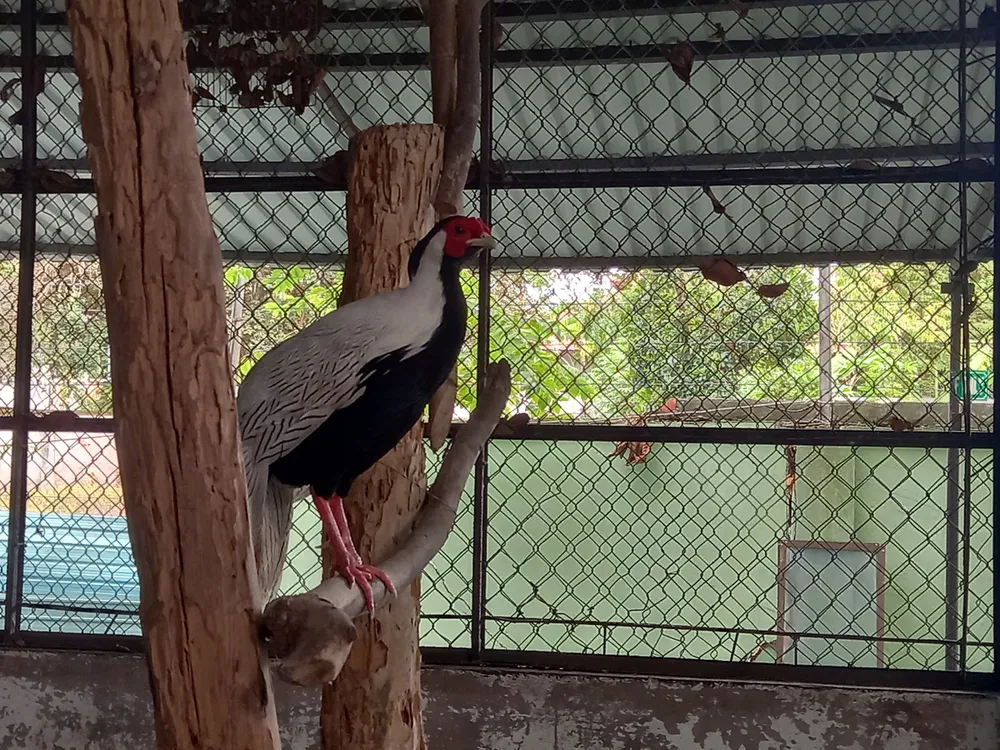
On August 19, the Ho Chi Minh City Forest Protection Department (under the Ho Chi Minh City Department of Agriculture and Environment) announced that the unit had just received and released into the wild a number of rare wild animals, including 1 white pheasant, 3 large land turtles, 2 golden mountain tortoises and 6 land pythons. All of these animals belong to group IIB - rare and endangered species according to Circular 27/2025/TT-BNNMT of the Ministry of Agriculture and Environment .
According to the HCM City Forest Protection Department, the individuals handed over this time were voluntarily transferred by the people. After being cared for, health checked, and ensuring survival conditions, the above individuals will be brought back to the special-use forest to be released back into the natural environment.
Notably, among these is a white pheasant - a bird endemic to Vietnam, which is facing a serious decline in numbers in the wild. The male white pheasant weighing 0.7 kg was discovered by a resident wandering in An Phu Dong ward, so he reported it to the ward People's Committee and was handed over to the Ho Chi Minh City Forest Protection Department.
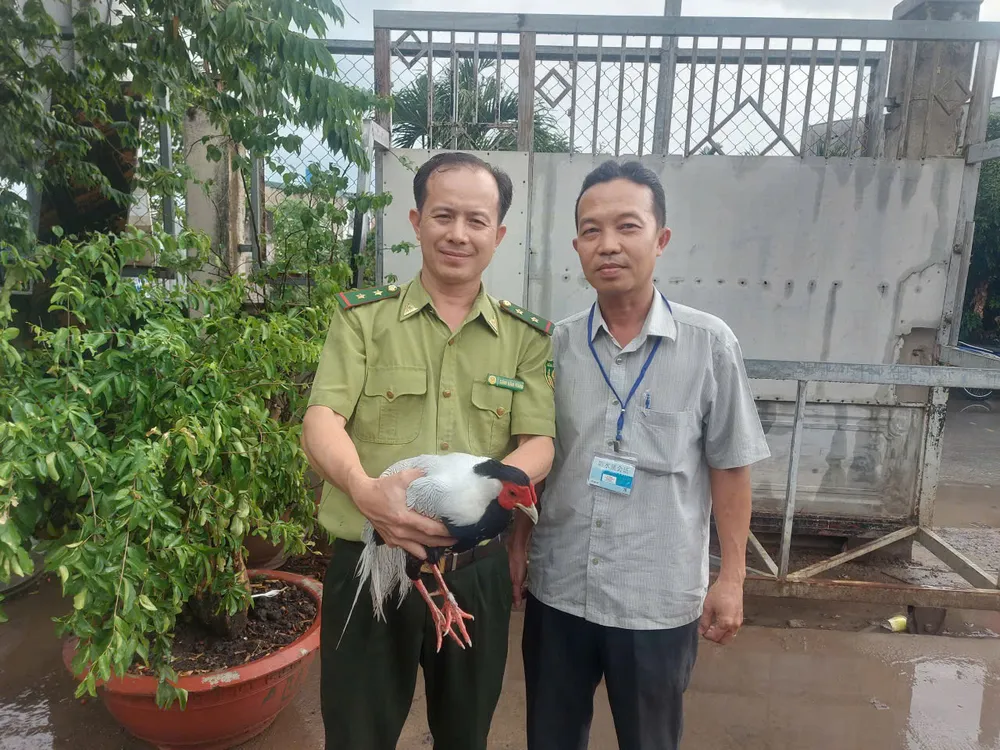
The leader of the Ho Chi Minh City Forest Protection Department said that the act of handing over and releasing endangered and rare species into the wild not only contributes to the proper implementation of legal regulations on biodiversity conservation but also demonstrates the spirit of humanity and community responsibility in preserving natural values for the future.
Circular 27/2025/TT-BNNMT of the Ministry of Agriculture and Environment stipulates that there are 109 wild animal species classified in group IB - a group of endangered, precious, and rare species prioritized for protection and 187 wild animal species classified in group IIB - subject to restricted exploitation.
The Circular clearly stipulates that all wild animal species, including groups IB, IIB and species listed under CITES, are allowed to be raised if the breeding facility fully meets the conditions for housing suitable to the biological characteristics of the species, has permission from the competent authority and especially proves the legal origin of the breed.
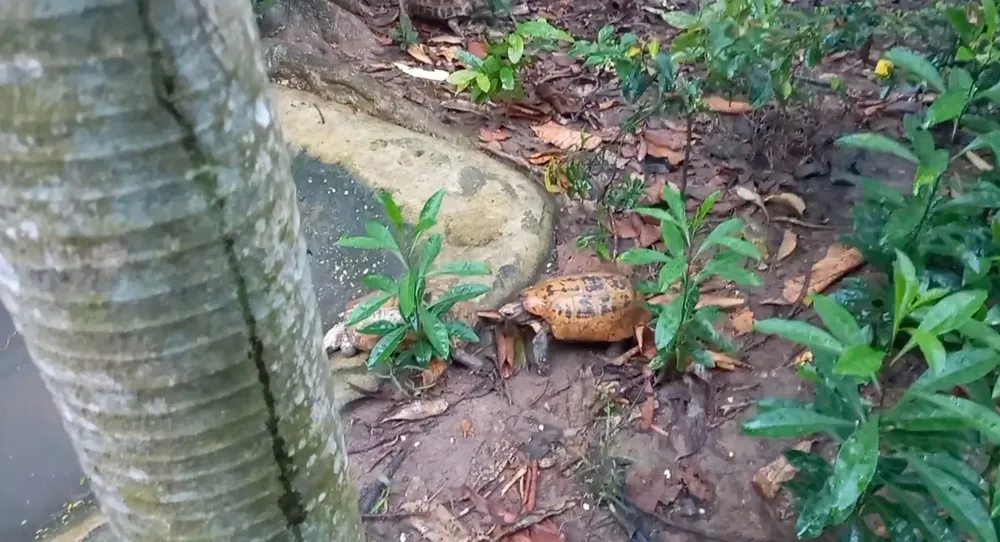
In addition to space requirements, the living environment must also ensure sanitary, veterinary, and safety conditions for people and animals. The facility must have means and equipment to receive and transfer animals when necessary; and have a quarantine area to prevent epidemics during care.
For large mammals, it is necessary to arrange a wild rehabilitation area in case of raising for conservation purposes. In addition, breeding facilities that have been granted a management code must fully record and monitor in books according to regulations to serve the monitoring and traceability work throughout the entire breeding process.
* On the same day, Mr. Thai Canh Toan, Deputy Director of Vu Quang National Park ( Ha Tinh province) said that he had just received 3 rare green peacocks voluntarily handed over by local people. This was the first time the unit had received green peacocks.
The three green peafowls, scientifically named Pavo muticus, are an endangered, precious, and rare forest animal species in group IB, and are given priority protection under current regulations.
The green peafowl is an iconic bird of tropical rainforest biodiversity, with its wild population declining due to hunting and habitat loss.
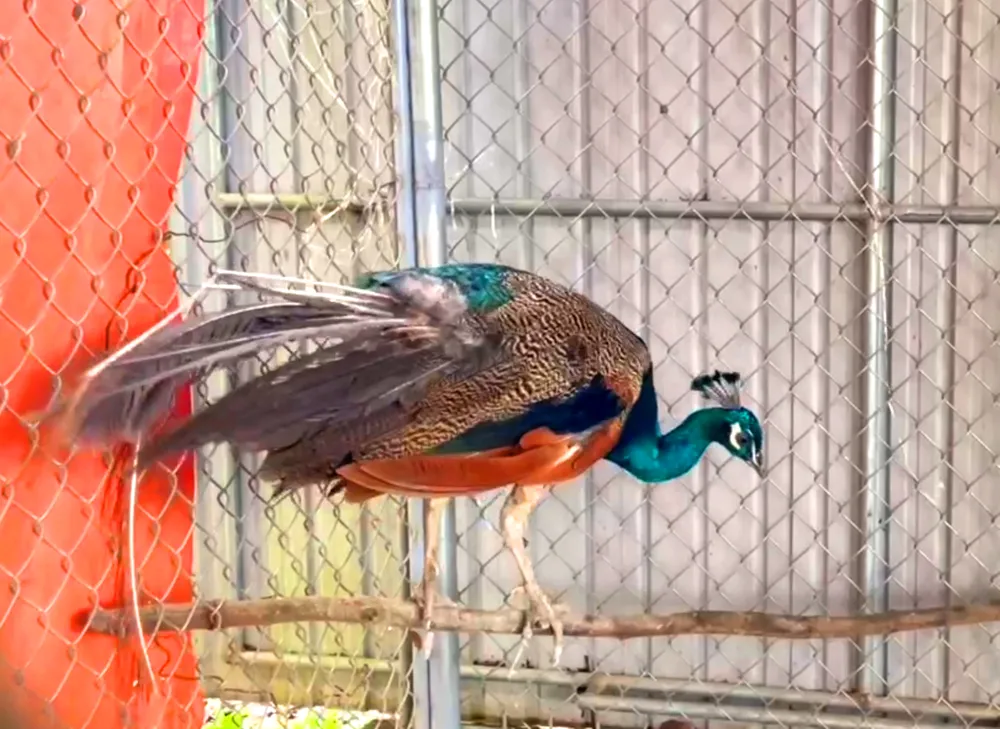
The peacocks handed over by the people were all in normal, healthy condition, including 1 male peacock weighing about 4kg and 2 female peacocks weighing about 3kg each.
The blue peacock's plumage is gorgeous, the male peacock's tail is long and patterned; the female peacock's plumage is more plain but still has its own charm.
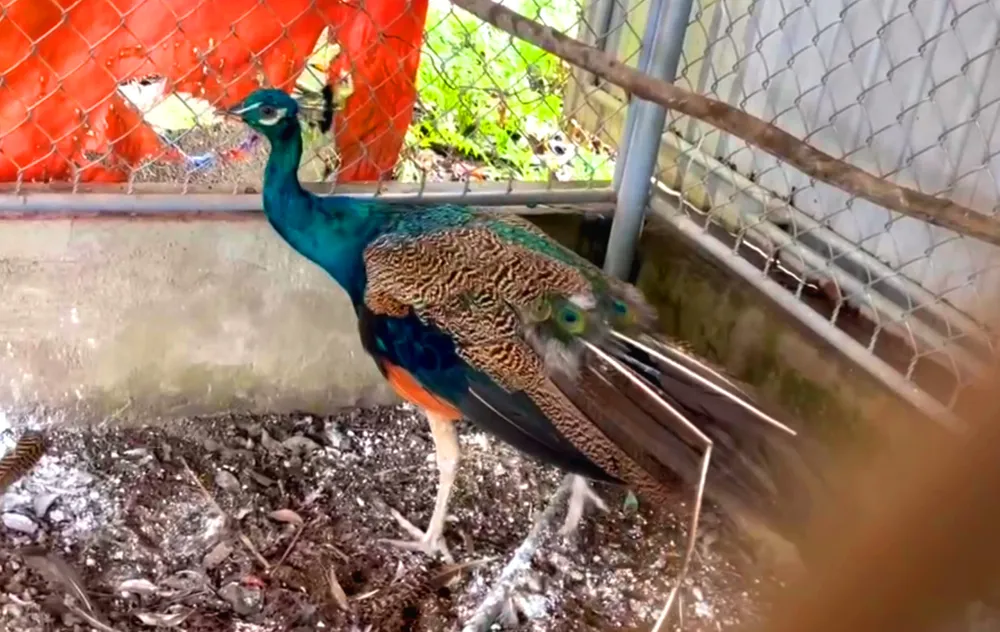
After receiving, in the immediate future, Vu Quang National Park will continue to care for, protect, breed, develop and conserve here.
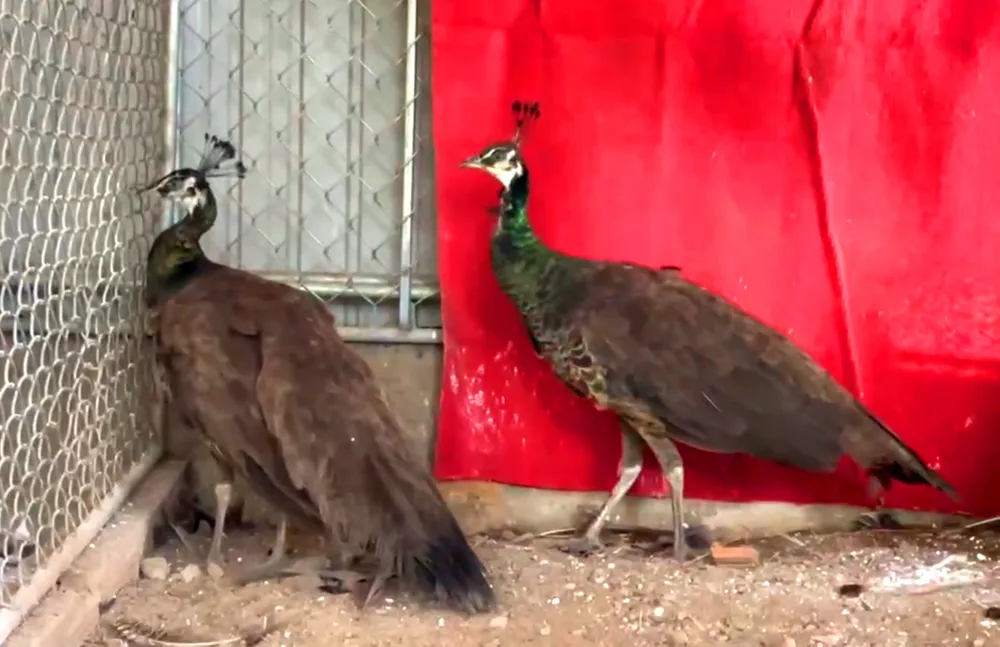
Source: https://www.sggp.org.vn/nguoi-dan-giao-nop-nhieu-cong-xanh-quy-hiem-ga-loi-trang-post809136.html








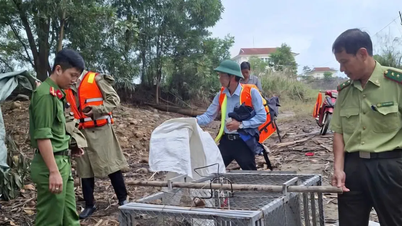

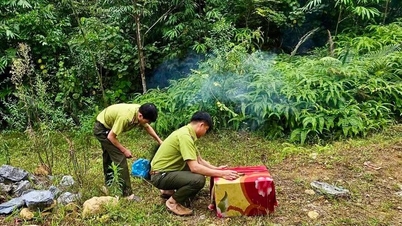

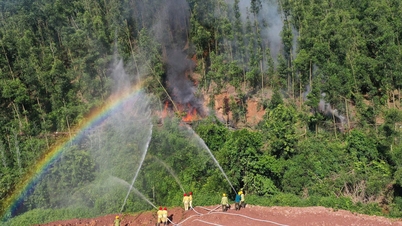



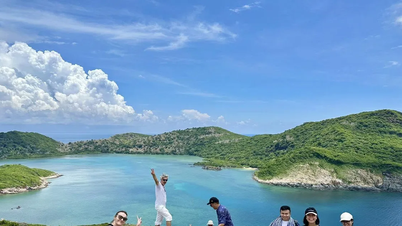
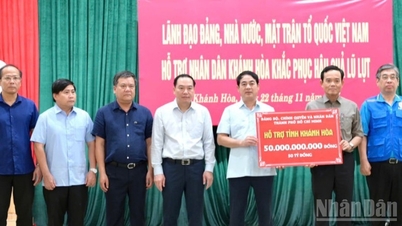

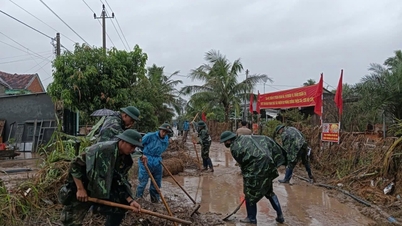

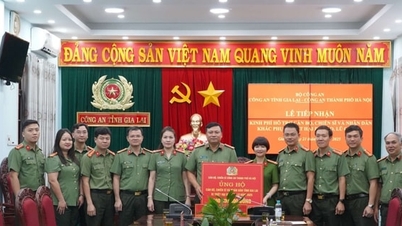



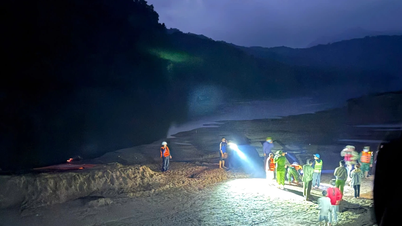

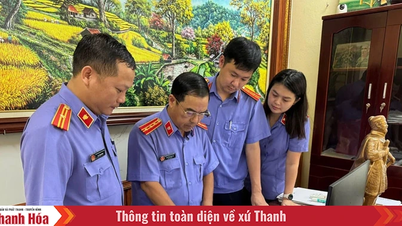

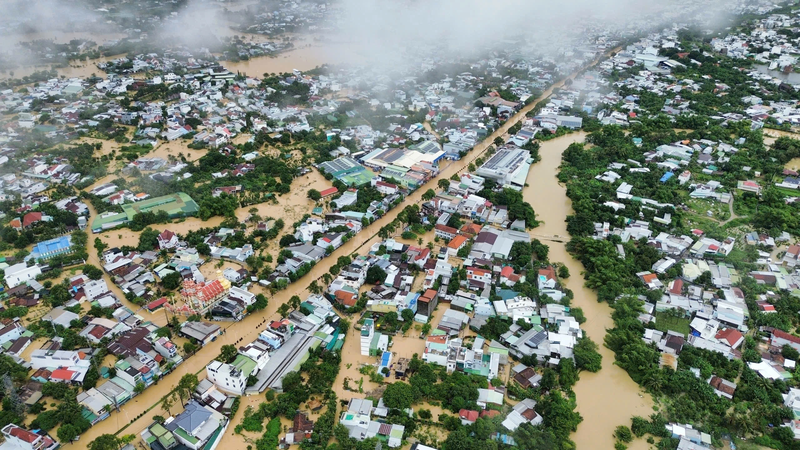
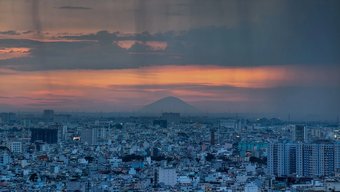


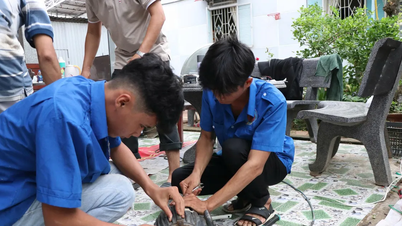
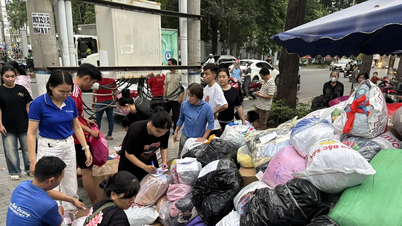
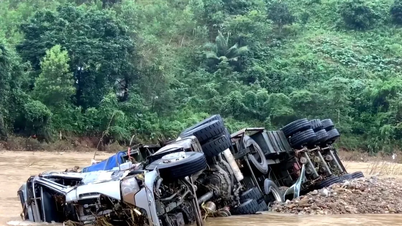
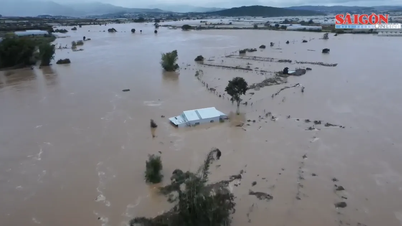
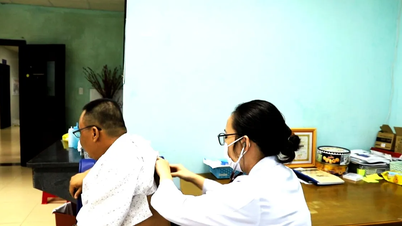


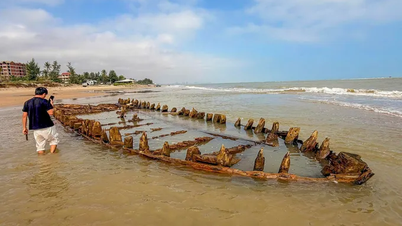
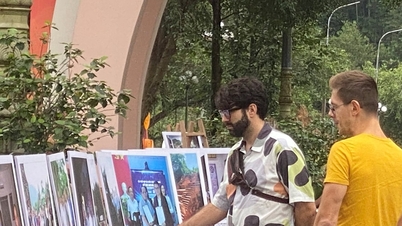


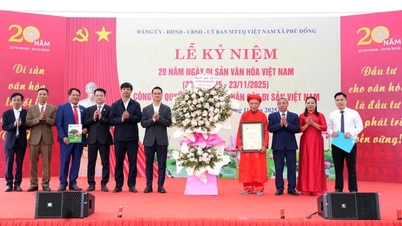
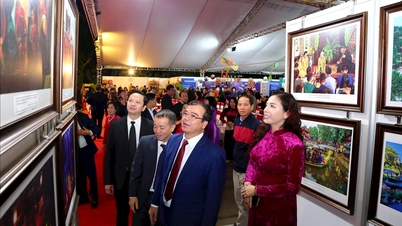


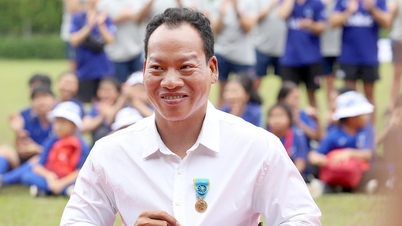

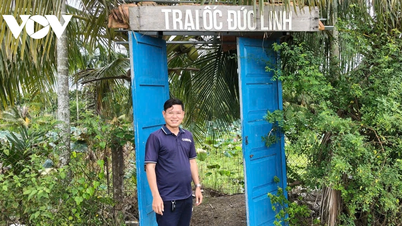

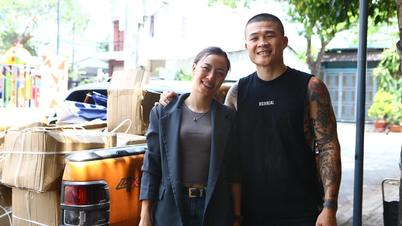

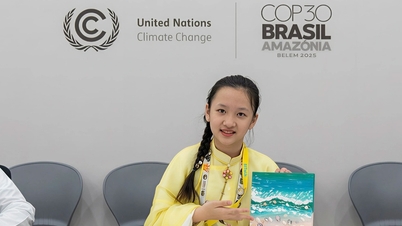



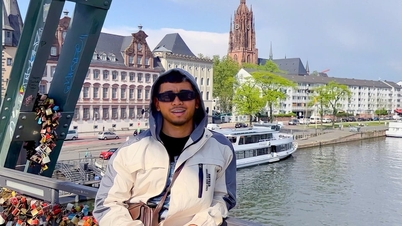

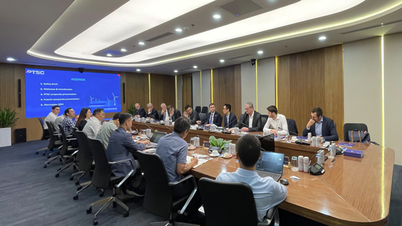

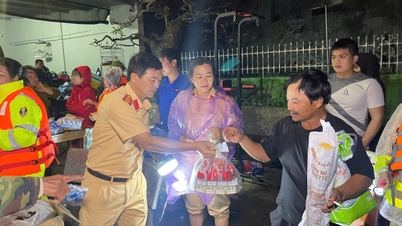


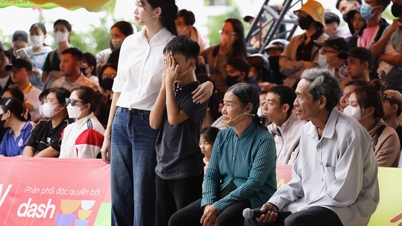
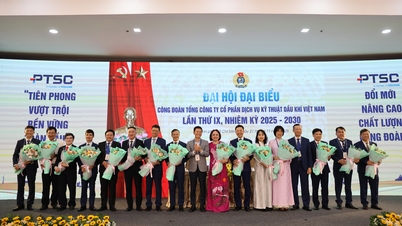
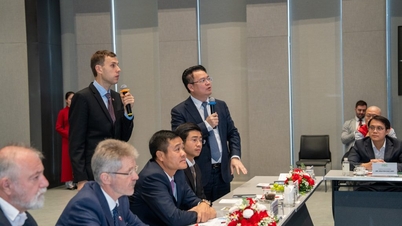
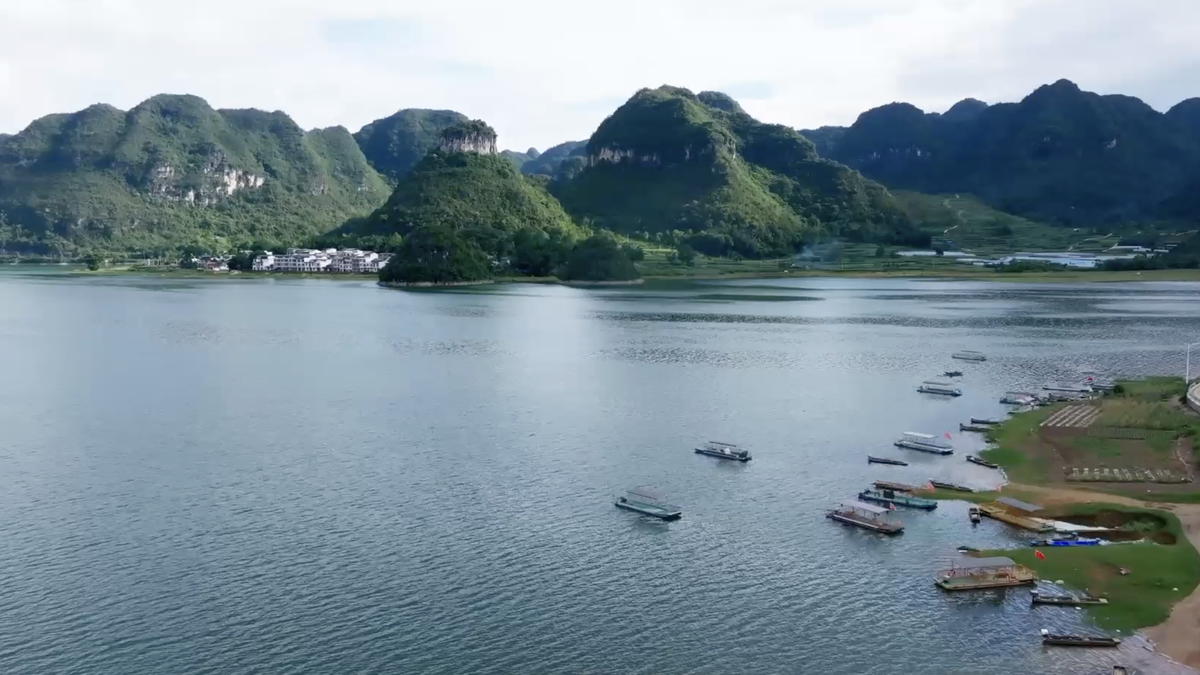

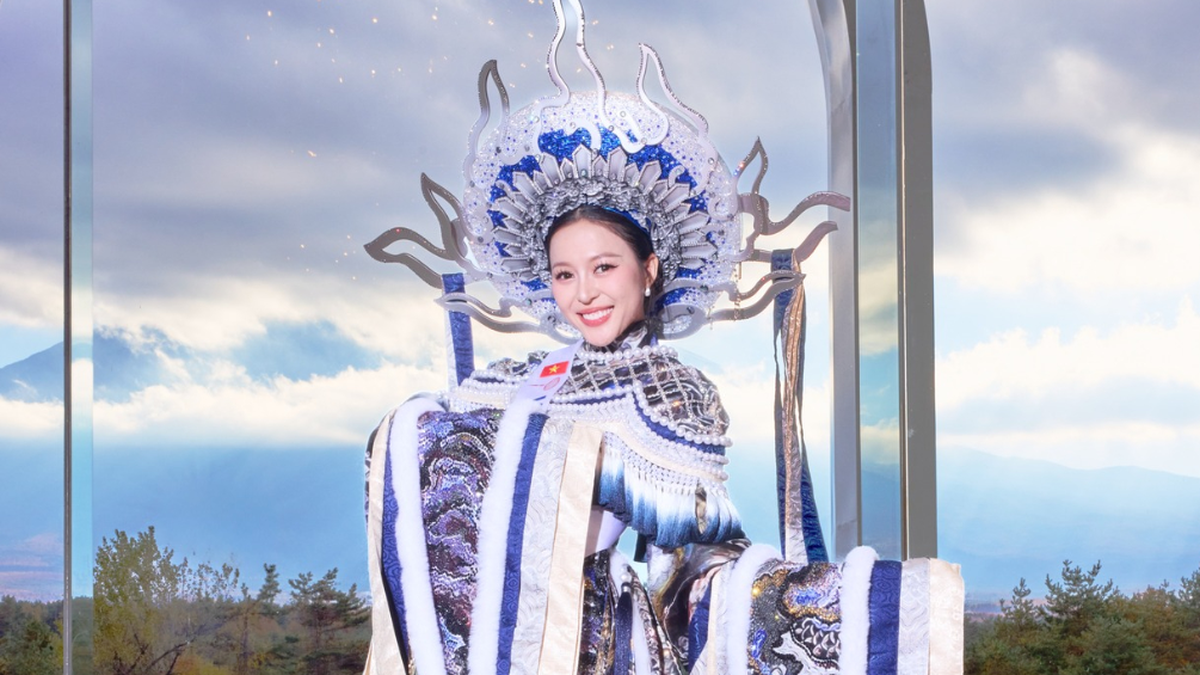
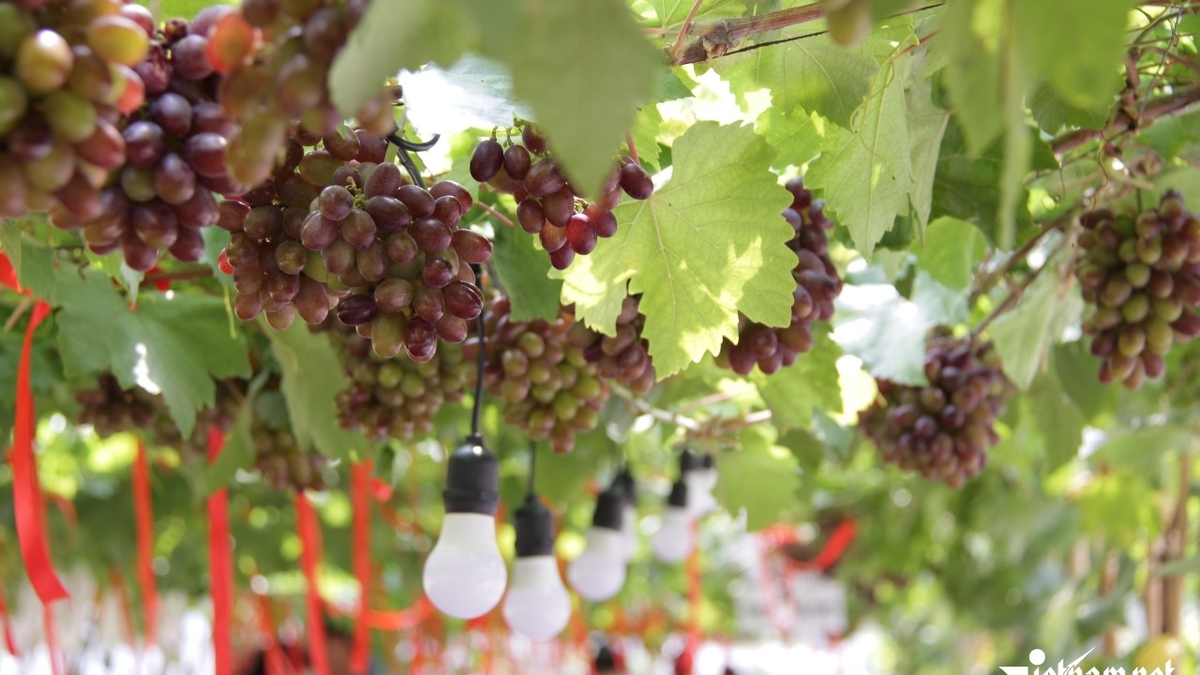
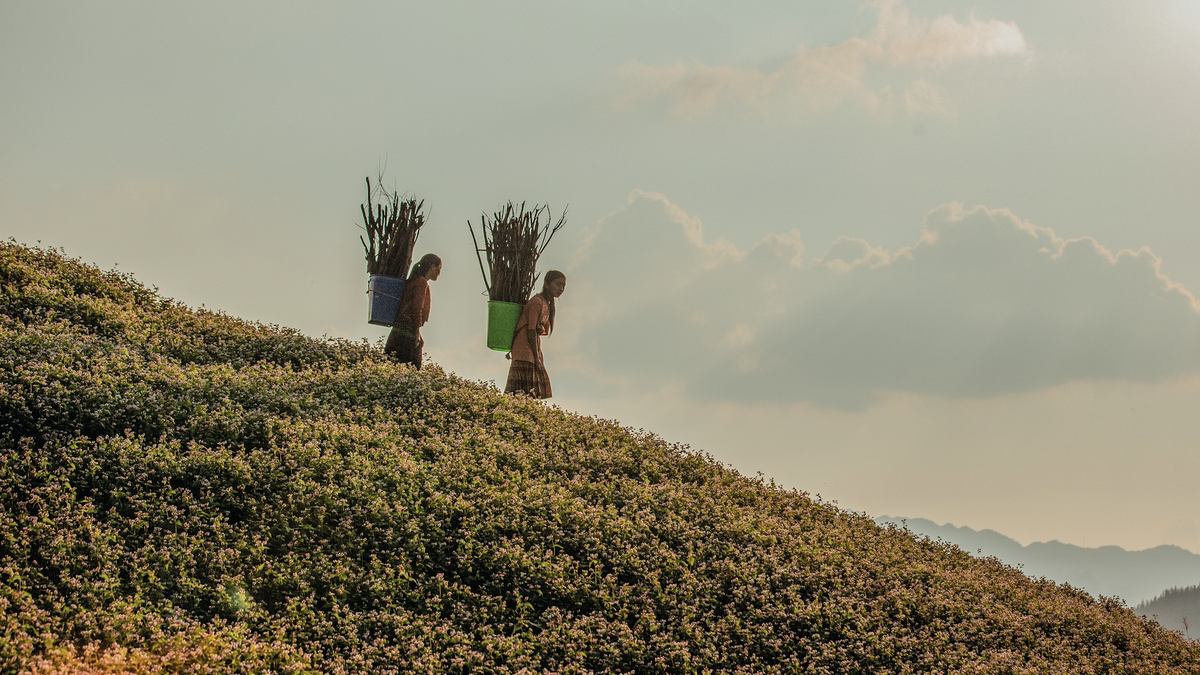










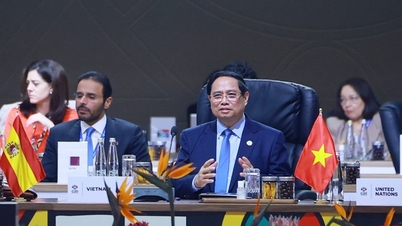



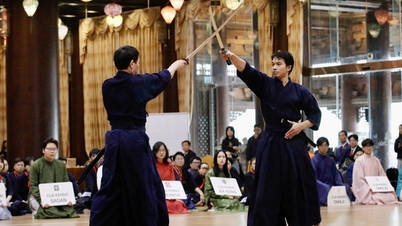

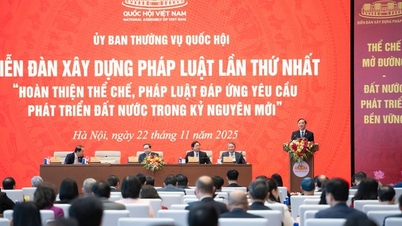

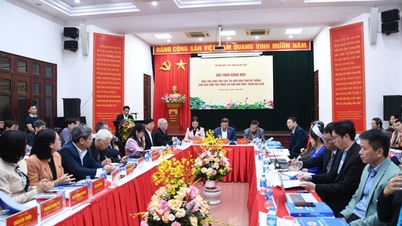



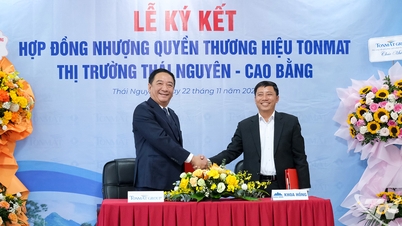

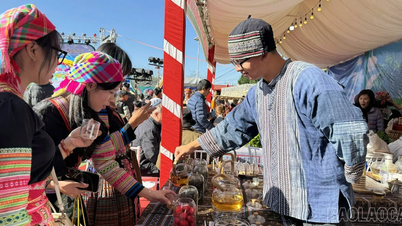
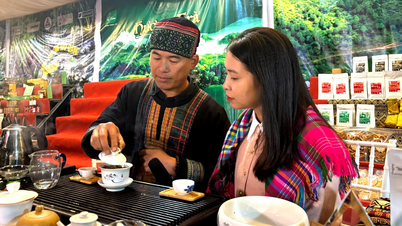

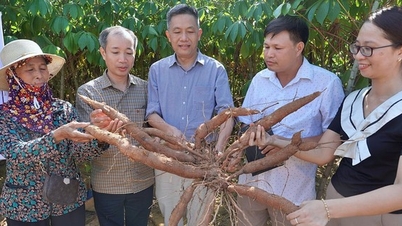

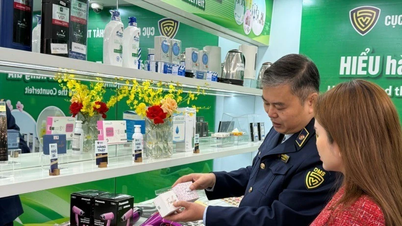
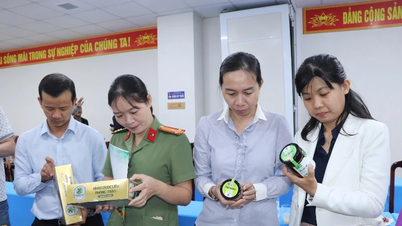

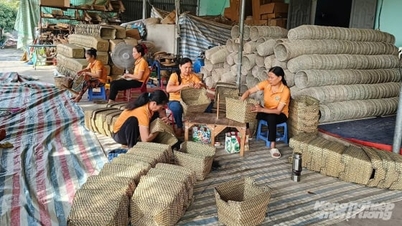

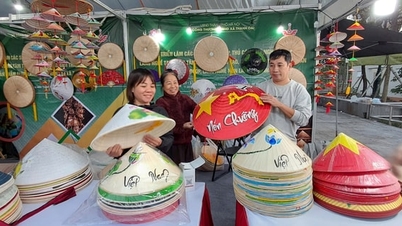
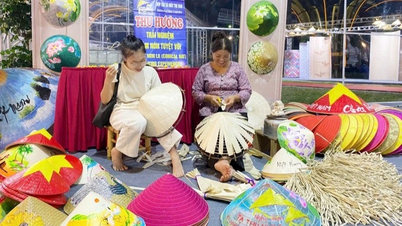


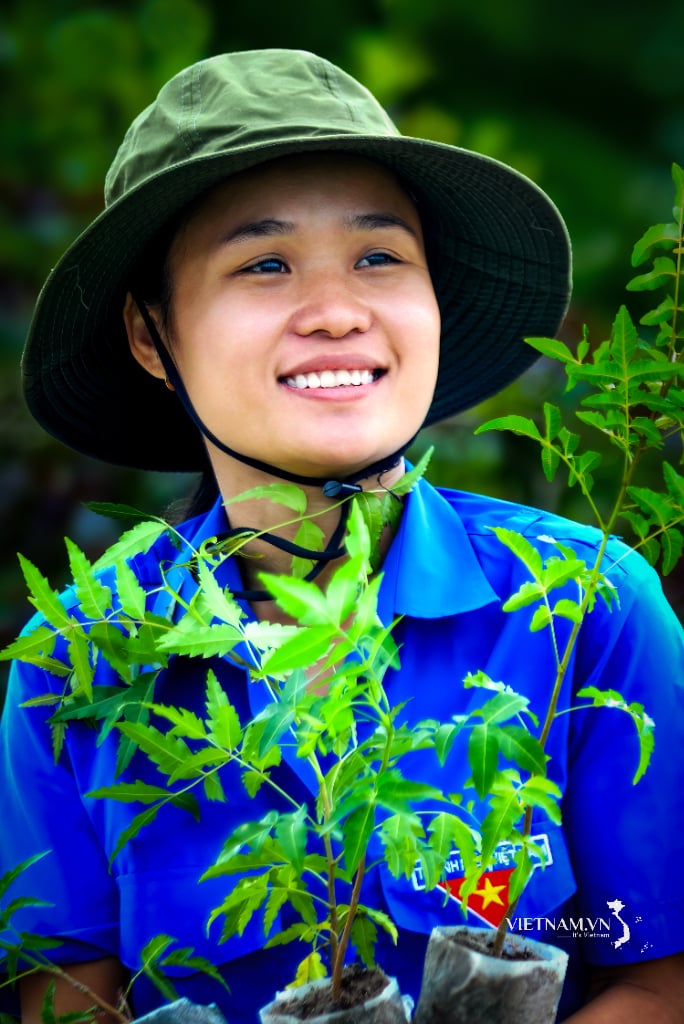
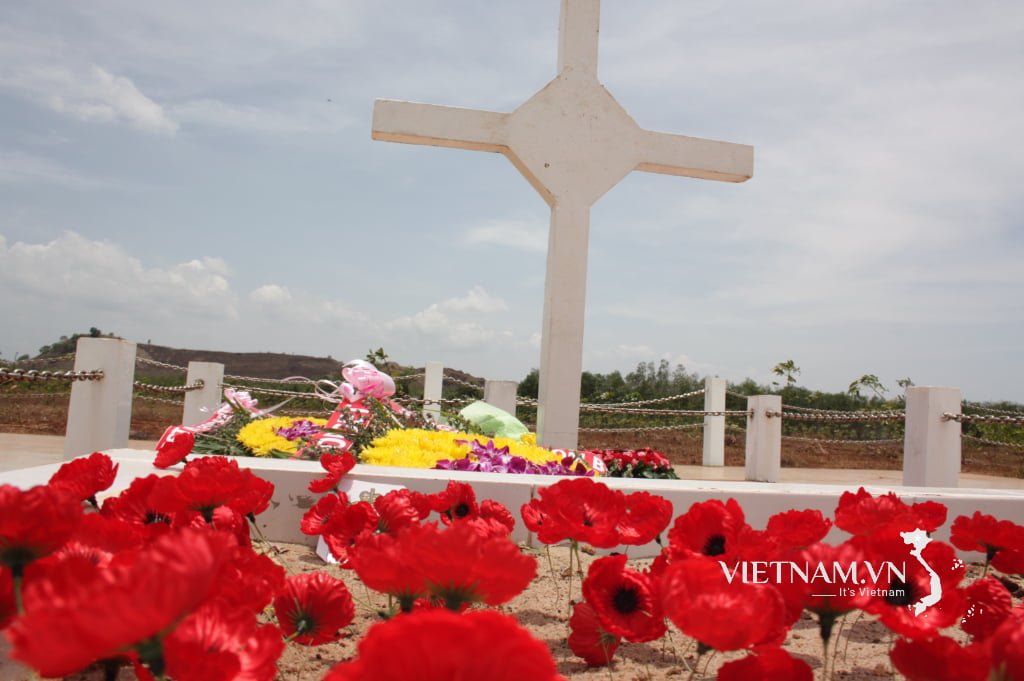

Comment (0)